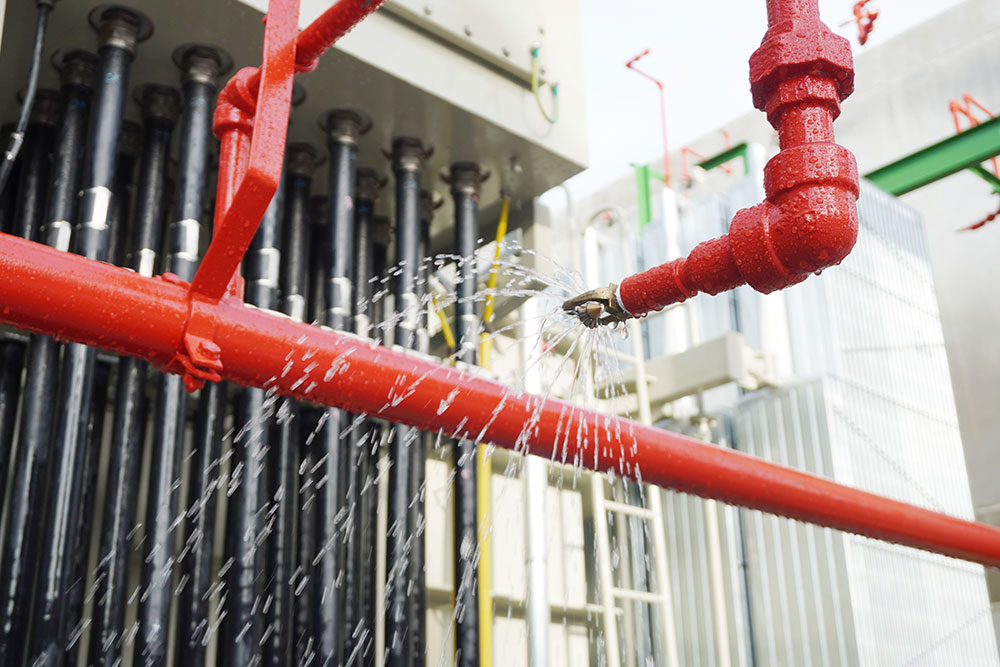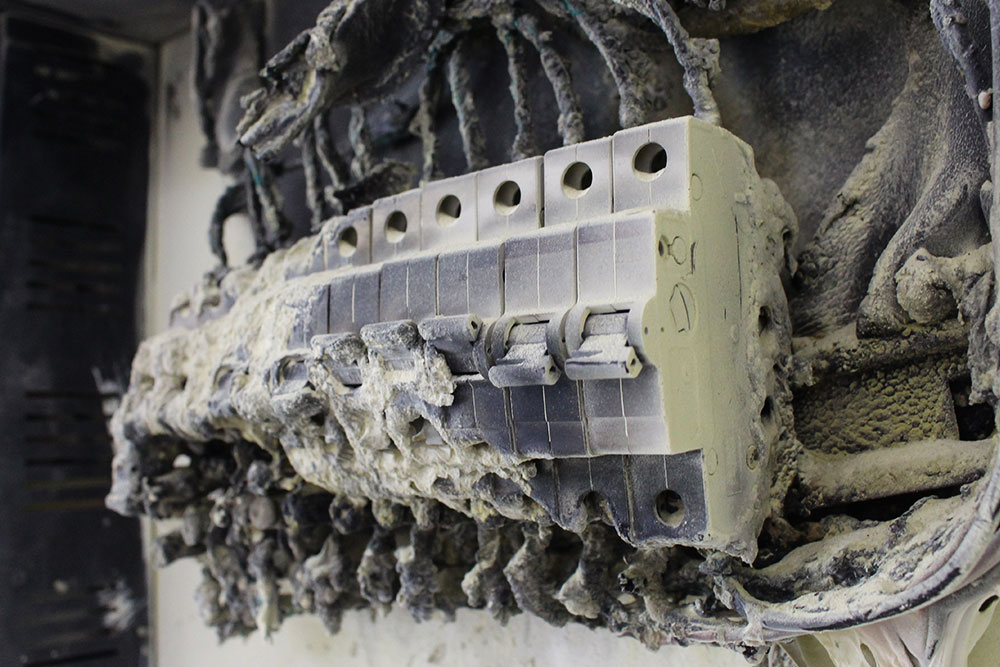
Fires can start in seconds and take only minutes to completely engulf a building. The destruction a fire leaves in its path can devastate or destroy a company.
Keep reading to learn how to prevent fire spreading. You could save lives and your business.
Fire Safety at Work and the Law
The primary legislation governing fire safety rules in the workplace is the Regulatory Reform (Fire Safety Order) 2005 (RRO). The RRO applies to all workplace premises and shared areas in houses in multiple occupation (HMOs), maisonettes and blocks of flats.
If you own or manage a business, you must be sure that you’re following the requirements of the RRO:
- Have adequate firefighting equipment in the workplace
- Ensure that fire protection systems such as fire doors and fire alarms are installed
- Appoint and train fire wardens
- Provide your employees with fire safety training
- Conduct regular fire risk assessments
The RRO is overseen and enforced by local fire and rescue authorities and the Health and Safety Executive (HSE). Breaching the RRO is a criminal offence that can result in severe consequences, such as unlimited fines or imprisonment.
The Risks of Fire for Business Owners
Experts have estimated that there’s an average of 22,000 fires in non-domestic buildings throughout the UK every year.
R&M Carpet Supplies in Tiverton Business Park, Tiverton, was burnt to the ground in January of 2022. Despite the total destruction of the business premises, owner Ian Moorcroft was able to resurrect and relaunch the business a year later. The fire also destroyed neighbouring plumbing company Plumbase.
Another recent case was the newly opened Sea Shack mobile restaurant in Hartlepool. Owner Daniel Blackwood invested £60,000 of his savings to open the business, only to have it completely destroyed by fire in January of 2023, a mere four months after opening.
Many businesses are not able to recover after a major fire incident.
How to Prevent A Fire from Spreading
A fire needs three elements to start: a source of ignition, fuel and oxygen. If the conditions are right, a fire can start in seconds and completely engulf a building in minutes. If a fire starts in your business, containing it can help to minimise damage. Consider these simple tips for how to prevent fire spreading:
Have Appropriate Fire Protection Equipment in Place
Under the RRO, all business premises must have ‘appropriate fire-fighting equipment.’ Fire protection and fire-fighting equipment can include:
- Smoke detectors
- Fire alarms
- Fire doors
- Fire extinguishers
- Fire sprinklers
- Fire hoses
- Emergency lighting
- Emergency signage
- Fire escape ladders

All fire doors should be in good working order, free of obstructions and not kept wedged open. If a fire does happen, your fire doors will help to keep smoke, flames and heat contained within one area.
Regularly check and test your fire protection and fire-fighting equipment. It must be in good working order.
Good Housekeeping Minimises the Risk of a Fire Starting
Good housekeeping prevents a build-up of fuel sources. Keep all flammable substances stored safely. Regularly inspect all electrical equipment.

Concentrate on protecting lives, not property.
Have trained Fire Wardens
The RRO also requires that certain employees have been trained as fire wardens. They have critical roles during an evacuation as they raise the alarm, alert authorities and ensure all people have left the building.
They learn how to perform a fire risk assessment, prevent fire from spreading and conduct an evacuation safely.
Have an Evacuation Plan in Place
All business owners should have a fire evacuation plan in place. Take note of how your workplace is structured and laid out. Your focus should be arranging the working areas so people can exit quickly and easily. Make sure that all evacuation routes are kept clear. There should be enough space between desks and shelving for people to move.
Move calmly but quickly through the evacuation route to pre-determined assembly points. Take a fire extinguisher with you in case there are flames along the evacuation point. Make sure all vulnerable people on the premises can evacuate safely. Stay as low to the ground as possible to avoid smoke inhalation.
Employees must be fully aware of what to do during an evacuation. Regular fire evacuation drills will ensure everyone knows their role in an emergency.
Take Appropriate Action
If a fire breaks out in the workplace, you and your team need to take appropriate action to the circumstances. If the fire rages out of control, don’t risk your or anyone else’s life trying to extinguish the blaze. Smaller fires can be fought using fire-fighting equipment if you’re trained to do so.
Be sure you know what type of extinguisher can be used for different fires. Electrical fires, for example, are common and must be extinguished using a CO2 extinguisher. Spraying an electrical fire with water will only make it worse. Fires involving cooking oil should also not be fought using water extinguishers. A cooking oil fire must be put out using a class F foam-emitting fire extinguisher.
Keep People Informed and Calm
People often panic during a fire. Smoke can be distressing as it restricts breathing and makes it easy to become disorientated. The situation can quickly become chaotic. People must behave in a calm and orderly manner during a fire. If you’re a fire warden, keep your team informed of what’s going on and what action they must take to evacuate safely. React as quickly as possible, even if it’s a false alarm.
Provide Your People with Fire Safety Training
Under the RRO, business owners must provide their employees with fire safety training. Fire safety training teaches your team what to do if a fire breaks out.
Our fire safety courses cover everything from fire awareness, Fire Door Inspection Training and fire risk assessments to how to use fire extinguishers properly. This knowledge can save lives and save your business during an emergency.


















































































































































































































































































































































































































































































































































































































































































































































